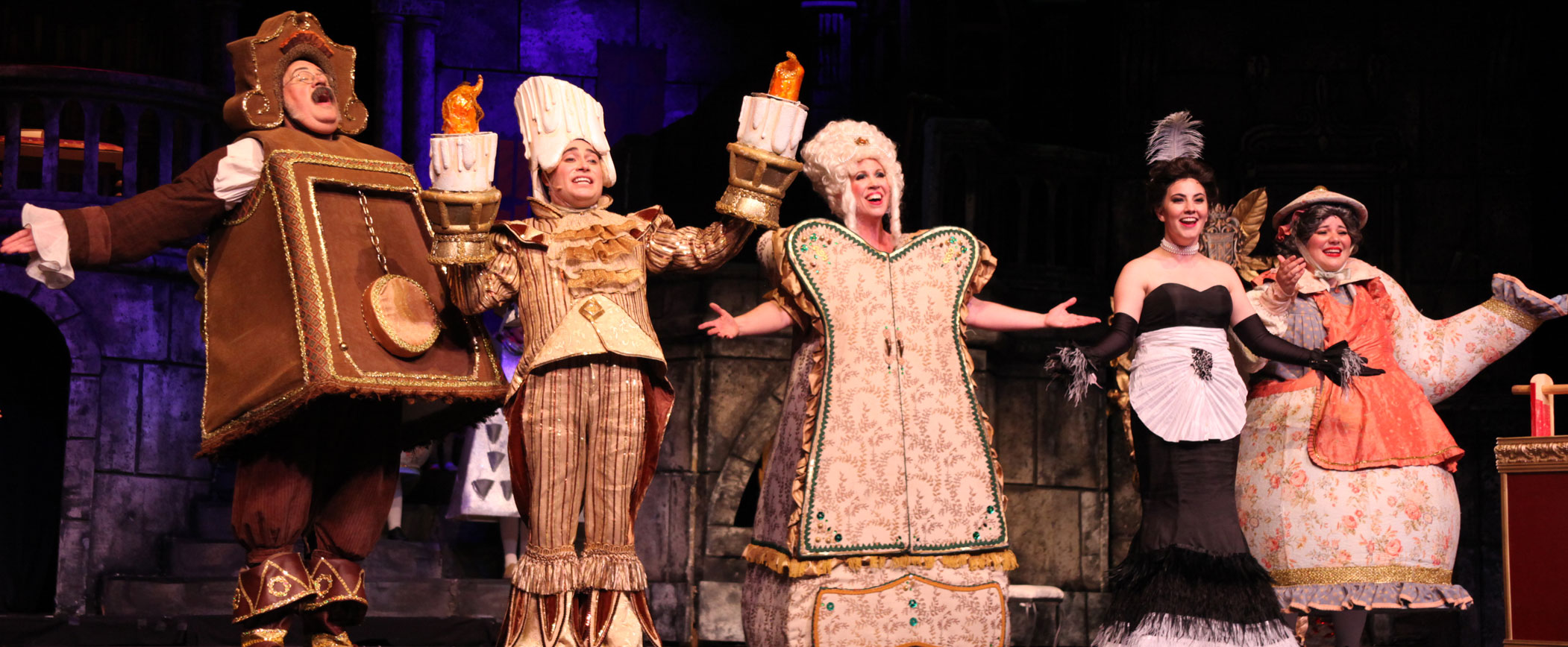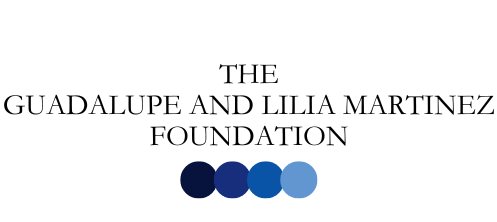Over the course of one day a week for three weeks, LareDOS writer Marc Moore captured the evolution of the choreography of a song and stage dancers growing into their roles in the Laredo Theater Guild International production of the Broadway musical Beauty and the Beast.
Gauging the Dancers’ Abilities.
Night One. May 31, 2017:
Inside the dance studio of the Guadalupe and Lilia Martinez Visual and Performing Arts Center on the Laredo Community College campus, Beauty and the Beast choreographer Cristina Greco reads the room filled with the entire cast of the production.
She lines cast members loosely into two rows in no apparent order. She gives them a series of moves, combinations, spins, and steps. She shows them slowly, clearly outlining each motion and movement of her body. After a few repetitions, they follow.
She asks them to do them on their own, and she begins identifying the true dancers, those who have a natural inclination to dance.
Greco pulls them forward, adds more moves, and lets them do the moves on their own. She and the dancers establish a relationship and a language that is visual.
Assistant stage managers Javier Sanchez and Ryan Duncan, co-producers Linda Howland and Karen Mejia, co-directors Daniel Castillo and Vernon Carroll have watched the exercise.
Carroll answered a few questions about the choreography of the production of the musical.
Moore: What are you looking at when it comes to the first night of dance rehearsals? Is there anything that you’re taking into consideration? Are you just watching?
Carroll: (Chuckles) Um, well, I’m just looking at the talent. I want to see who catches my eye. And I want to see, in general, what the company is doing, and what I think they can do, so that I can speak intelligently to the choreographer about the dances when she puts them together. So I’m just trying to get to know these folks as dancers.
Moore: Could you say that you’re getting a visual image as far as placement on the stage – can you picture that yet?
Carroll: Well, yeah. Part of it is that, and also, for instance, in the crowd scenes, if we put together family units, I want to see who would be with the same family with whom. And the more that I can observe, the cast – like in music rehearsals, dance rehearsals, and those very early rehearsals, the better I’m able to do that. Of course, it’s even more interesting now that Daniel [Castillo] and I are co-directing, and I need to be up to speed so that I can discuss things with him. Like getting to know the cast.
Moore: What I find fascinating about the process is that it is in chunks. It is scaffolding and it’s kind of like you’re laying foundation work.
Carroll: That’s right. That’s exactly right. If you get to know what people are doing and what they can do, and you watch them to get a sense of what they’re going be able to do when they really push themselves – it’s exactly that. It’s getting to know the individuals as a group – if that makes sense.
Blocking the Song
Night Two. June 12, 2017:
The entire cast is present again, and they are continuing to learn the dance moves they learned two nights ago. Choreorapher Greco is reviewing the moves from the same song. This time, the tempo is much slower, so that the dancers lock onto the beat and tighten up their moves. The blocking of the song, in which characters shift to various parts of the stage, is tightening up.
Each actor, regardless of their level of ability, is appearing more comfortable, more confident. They are hitting their marks to fill the skin of their character. The vocals and the movement coalesce.
During a break Castillo goes over some of the ground rules for costume fittings. All women must wear white tights – women did not show the skin of their legs in France during the story’s time period. No haircuts. Hair must be grown out to match the look of the time. All tattoos must be covered, all piercings removed.
It is a serious and solemn part of theater etiquette that no member of the cast complains about their costumes to anyone but the costumers themselves. The costumes will be appropriate for the class and status of the character, and will be as attractive as that allows. Safety and practicality take priority.
Vernon Carroll’s tidbit of wisdom for the night, “You don’t need private lives.”
Choreography
Night Three. June 14, 2017:
In any endeavor, things could always be simpler – but this is musical theater, and not just musical theater. This is Broadway’s version of Beauty and the Beast.
There is something mesmerizing and visually engaging about the synchronized movement of human bodies set against music or song. That is doubly true when that song is “Be Our Guest.”
The tempo is faster, the dancers are reaching top form, the choreography is coming together with more repetition and less breaks.
Practice is making perfect.







